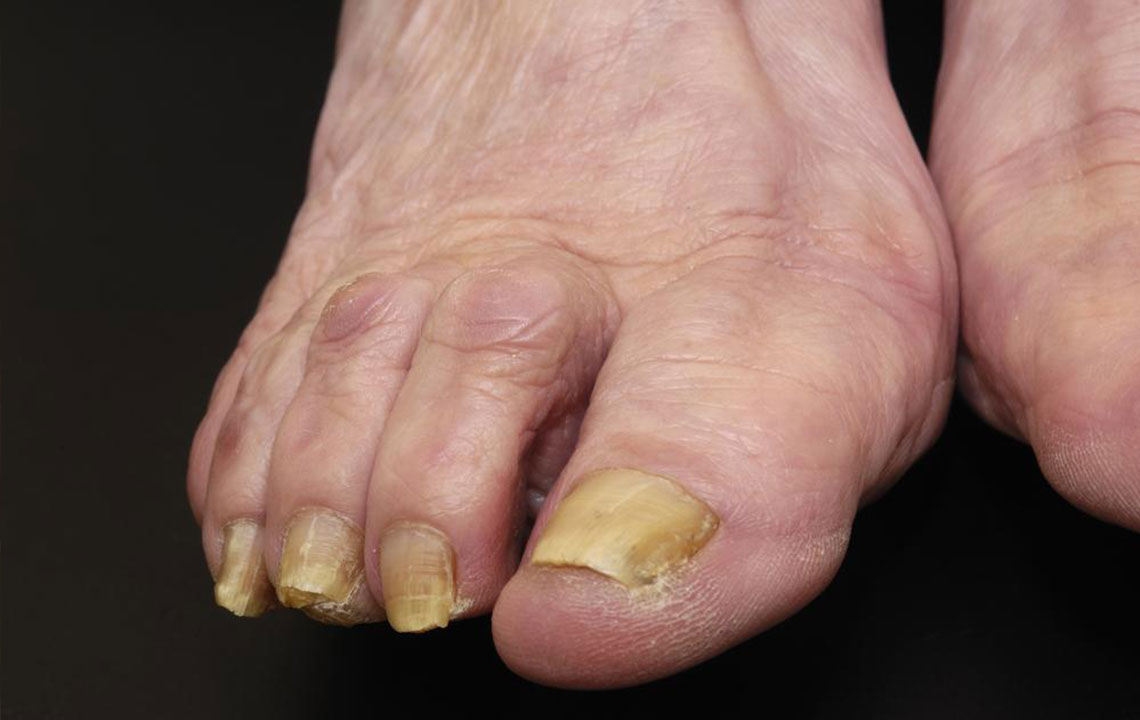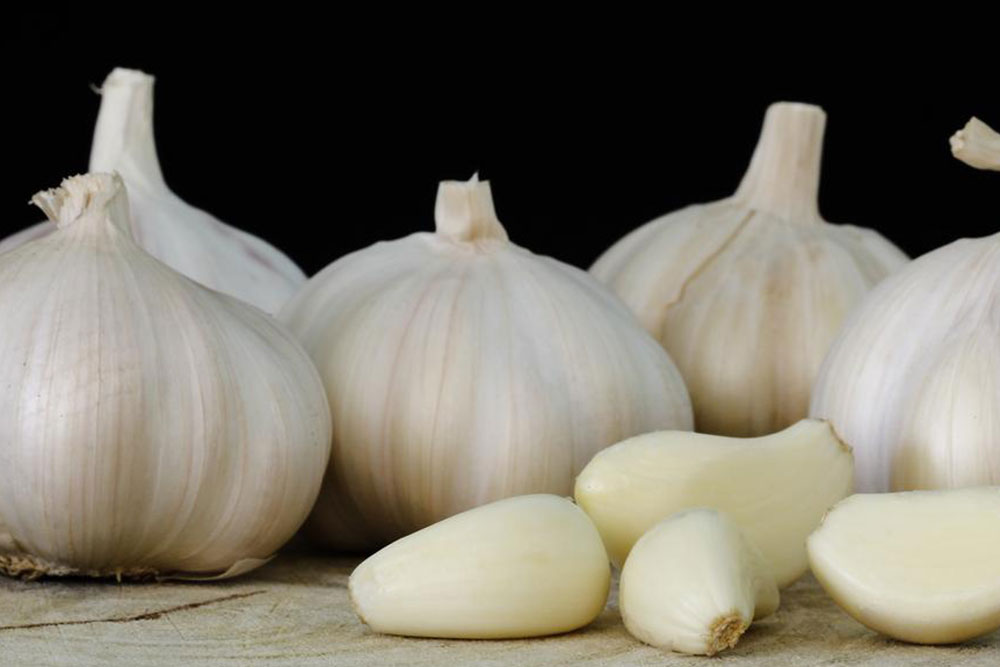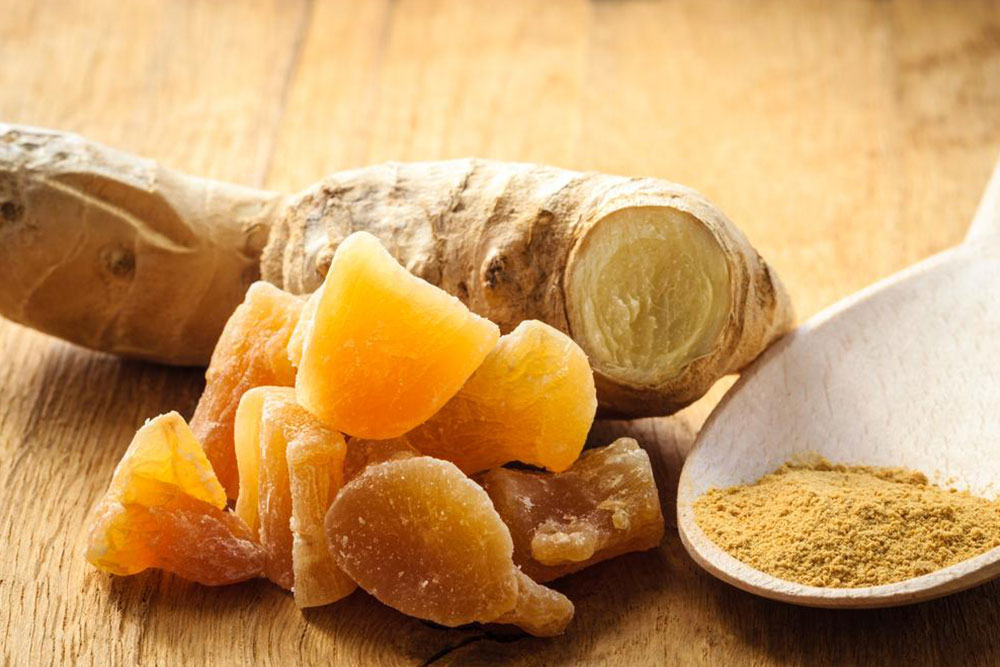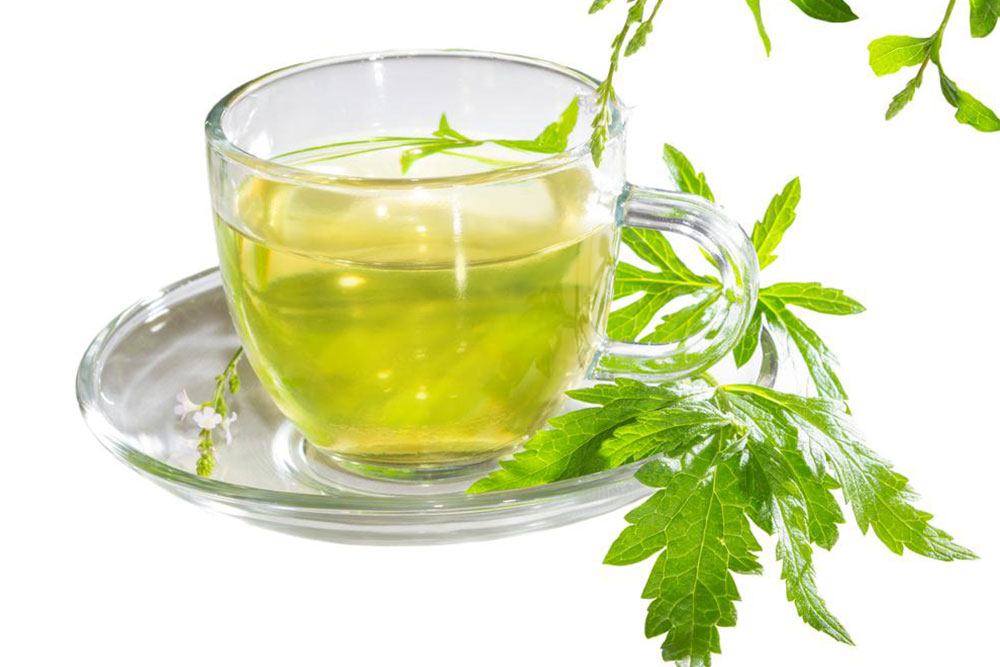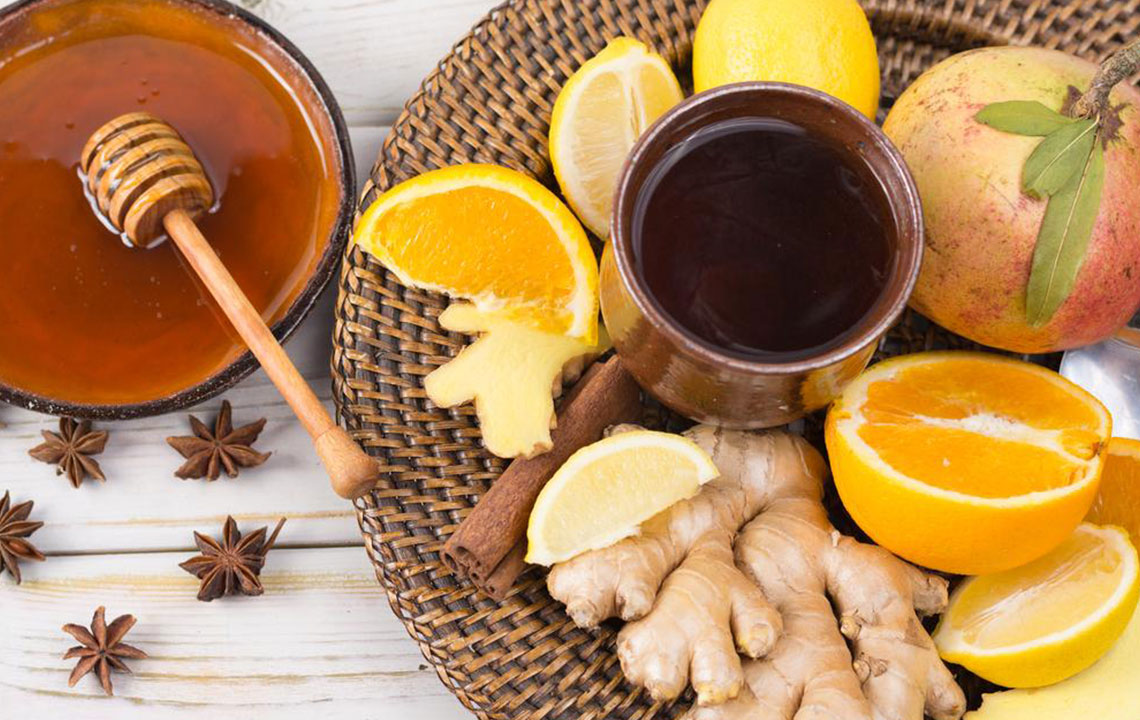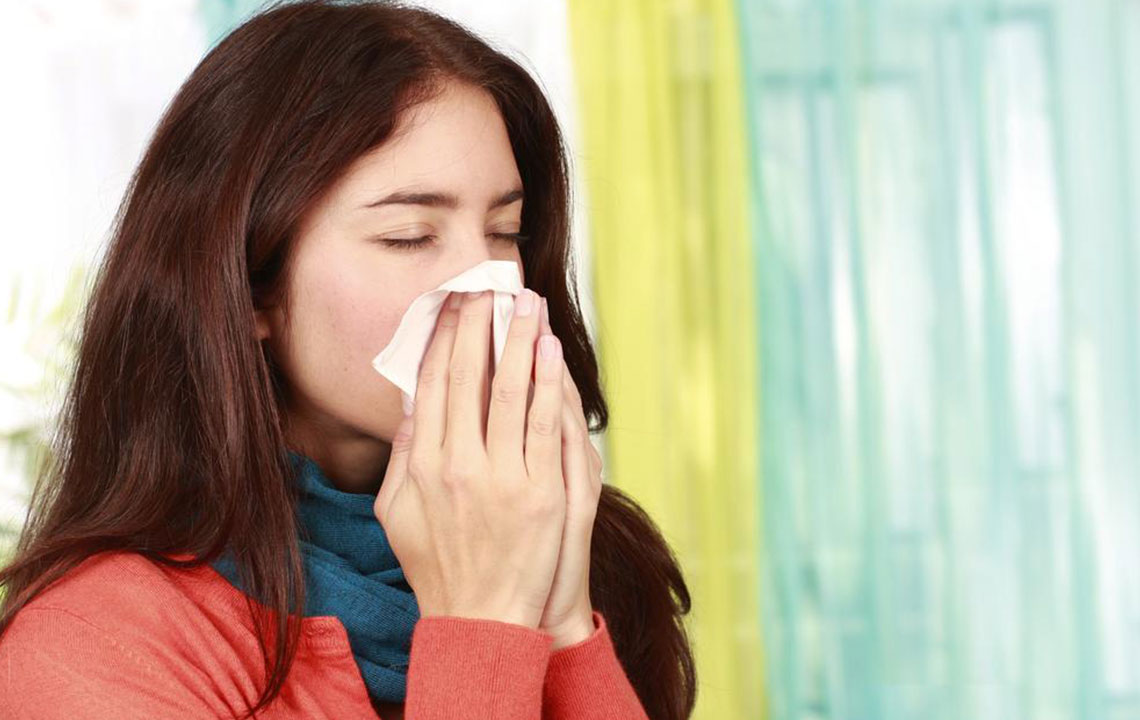Proven Methods to Effectively Treat and Prevent Nail Fungal Infections
Discover effective, natural methods to treat and prevent nail fungal infections. From herbal extracts like tea tree and oregano oil to home remedies like Vicks VapoRub, learn how to combat fungal nails safely. Explore professional treatments and hygiene tips to ensure quick recovery and prevent reinfection. This comprehensive guide provides practical strategies suitable for those seeking safe, effective solutions for nail health. Protect your nails and enjoy healthier, fungus-free nails with proven home remedies and expert advice.
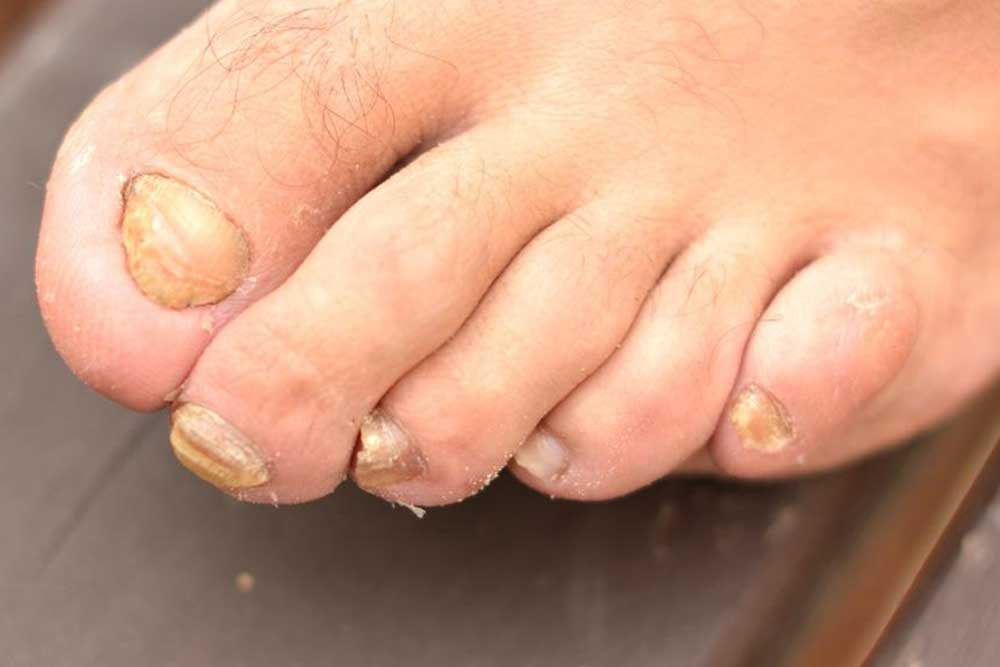
Proven Methods to Effectively Treat and Prevent Nail Fungal Infections
Nail fungal infections, medically known as onychomycosis, are common dermatological conditions that disrupt the normal appearance and health of nails. They predominantly affect toenails but can also occur in fingernails. These infections often lead to discoloration, thickening, and deformation of nails, impacting both aesthetics and daily comfort. Although initially painless, if left untreated, nail fungal infections can become more severe, causing discomfort, difficulty in wearing shoes, and spreading to other nails or skin. Addressing this condition promptly and effectively requires a combination of home remedies, lifestyle adjustments, and medical treatments if necessary.
Fortunately, there are several natural and proven remedies that can be used at home to combat nail fungal infections. These remedies may help reduce symptoms, promote nail health, and prevent further spread. Below are some of the most effective strategies backed by anecdotal evidence and some scientific support:
Snakeroot Extract – Extracted from plants in the sunflower family, snakeroot has natural antifungal properties. Regular application of this extract can help eliminate fungi from infected nails. For best results, apply generously every three days during the initial month. As the condition improves, reduce application frequency to twice weekly in the second month, and then once weekly in the third month. Consistent use over several months helps ensure the fungus is thoroughly eradicated, leading to healthier nails.
Tea Tree Oil – A well-known natural antifungal and antiseptic agent, tea tree oil has been widely used to treat various skin and nail infections. Applying a few drops directly onto the infected area twice daily can significantly aid in reducing fungal growth. Its antimicrobial properties help inhibit the fungi responsible for onychomycosis, promoting faster healing and preventing reinfection.
Oregano Oil – Derived from oregano herb, this essential oil contains compounds such as thymol and carvacrol, which exhibit potent antifungal and antibacterial effects. Twice-daily application to the affected nails can help combat persistent fungi. Combining oregano oil with tea tree oil can create a synergistic effect, enhancing overall treatment efficacy and reducing the duration of infection.
Vicks® VapoRub™ – Originally designed as a cough suppressant balm, Vicks VapoRub has gained popularity as a home remedy for stubborn fungal nail infections. The menthol, eucalyptus, and camphor oils in Vicks can penetrate nails and inhibit fungal growth. Applying a thin layer on the infected nails daily can accelerate healing, especially in mild to moderate cases.
While natural remedies can be highly effective, some cases may require medical intervention. Prescription antifungal medications like Ciclopirox, Efinaconazole, or Tavaborole are available and often prescribed by dermatologists. These pharmaceutical treatments generally have higher success rates but may carry potential side effects, including skin irritation, dizziness, or rare liver complications. Therefore, consulting with a healthcare professional before initiating any antifungal regimen is crucial for safe and effective treatment planning.
In addition to treatments, maintaining good foot and hand hygiene, keeping nails trimmed and dry, and avoiding shared footwear or personal items can significantly reduce the risk of infection and reinfection. Wearing breathable shoes and moisture-wicking socks also helps create an environment less conducive to fungal growth.
Timely action and adopting a comprehensive approach to nail hygiene and treatment can lead to successful recovery, restoring both the appearance and health of your nails. Regular monitoring and professional consultation are key to managing persistent or severe cases effectively and preventing future outbreaks.
